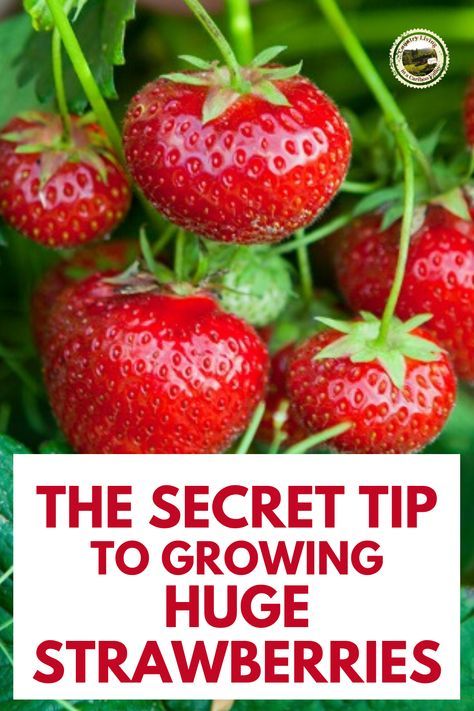Strawberries, with their juicy sweetness and vibrant red allure, are a favorite among gardeners and food lovers alike. However, growing these delightful berries can be trickier than one might expect. From soil preparation to disease management, each step is crucial. To help you navigate this journey, we’ve compiled a list of 10 common strawberry gardening mistakes to avoid, ensuring your efforts yield the lushest, tastiest strawberries.
1. Neglecting Asexual Propagation: A Missed Opportunity for Healthy Growth

Strawberry plants thrive through asexual propagation, specifically through runners. Overlooking this natural reproduction method can hinder robust plant growth and berry production. By encouraging runner development, you can cultivate a more fruitful garden (Caruana et al., 2018).
2. Incorrect Potting Substrate: The Foundation of Growth
Choosing the right potting substrate is essential, especially in container gardening. An inappropriate substrate can lead to poor plant health and diminished yields. Opt for a substrate that provides adequate drainage and nutrient balance (Kumar et al., 2022).
3. Ignoring Nematode Control: Invisible Foes Below the Surface
Plant-parasitic nematodes are tiny but formidable foes, significantly reducing yields. Implementing effective control strategies, such as crop rotation or nematode-resistant varieties, is crucial for healthy strawberries (Tsolova et al., 2017).
4. Mismanagement of Nutritional Needs: A Delicate Balance

Strawberries require a precise balance of nutrients for optimal growth. Over or under-fertilization can lead to poor fruit quality and yield. Regular soil testing and tailored fertilization can address this issue (Akhatou & Fernández-Recamales, 2014).
5. Overlooking Environmental Factors: Nature’s Influence
Different strawberry varieties respond uniquely to environmental factors, such as temperature and humidity. Understanding and adjusting to these factors is key to maximizing fruit size and overall yield (Menzel, 2021).
6. Soil Fumigation Negligence: Preventing Invisible Threats
Soilborne diseases and pests can devastate strawberry crops. Proper soil fumigation helps in mitigating these risks. Neglecting this step can lead to decreased productivity and increased plant vulnerability (Chandler et al., 2001).
7. Improper Use of Biofertilisers: Tailoring for Success
Biofertilisers can significantly enhance strawberry yield and disease resistance. However, it’s crucial to use them optimally, tailored to the specific variety of strawberries you are growing (Damianov et al., 2014).
8. Incorrect Transplant Type and Size: Picking the Right Start
The choice of transplant type and size can greatly affect the plant’s development and yield. It’s important to select the most suitable variety and size for your specific growing conditions (Cocco et al., 2011).

9. Inadequate Soil Treatment: Matching Soil to Transplant
The interaction between soil treatment and transplant type is vital for strawberry growth. The right combination can significantly influence the health and yield of your strawberries (Kokalis-Burelle, 2003).
10. Failure in Disease Detection and Management: A Proactive Approach
Early detection and management of diseases, particularly those affecting leaves, are essential for maintaining plant health. Regular monitoring and appropriate treatment can prevent major losses (Kusumandari et al., 2019).
Conclusion
Growing strawberries can be a deeply rewarding experience, filled with learning and delightful harvests. By avoiding these common mistakes, you can ensure a healthier crop and a more fruitful harvest. Remember, gardening is a journey of continuous learning and enjoyment. Embrace the process and savor the sweet rewards!
Quick Tips
- Encourage runner development for plant propagation.
- Choose the right potting substrate for container gardening.
- Implement nematode control strategies.
- Balance nutrient application based on soil testing.
- Adjust cultivation practices to environmental factors.
- Do not neglect soil fumigation.
- Use biofertilisers optimally for your strawberry variety.
- Select the appropriate transplant type and size.
- Match soil treatment with transplant type.
- Monitor and manage diseases proactively.
Happy gardening and may your strawberries flourish!
